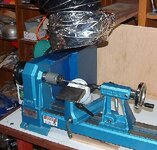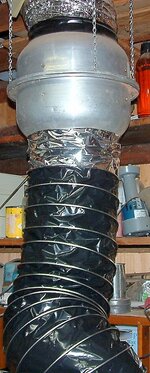mmayo
Member
I just started using Instabond Premium Pen CA finishing glue (40 cps) and love it. It has 8x the viscosity of thin CA (5 cps), but is much less than medium CA (500 cps).
https://www.woodturnerscatalog.com/p/15/6238/Insta-Bond-Premium-CA-Pen-Finish
I have been applying 25 coats of thin CA glue changing the direction after 12 coats with great results. This technique forces one have to be patient so I thought that was a good thing for my character. This new (to me) glue is great and I achieved the same smooth, glossy finish with only 4 thin coats and 8 coats of the Pen CA glue. The lines that need to be smoothed were reduced so sanding was also reduced. I used it on bocote which has some grain to fill and it did. It survived light sprays of accelerator in between each coat without problems. I guess I will have to find a new technique to work on my patience because this is fast and produces a high quality finish.
If you know this already, sorry for the post, if not TRY IT.
https://www.woodturnerscatalog.com/p/15/6238/Insta-Bond-Premium-CA-Pen-Finish
I have been applying 25 coats of thin CA glue changing the direction after 12 coats with great results. This technique forces one have to be patient so I thought that was a good thing for my character. This new (to me) glue is great and I achieved the same smooth, glossy finish with only 4 thin coats and 8 coats of the Pen CA glue. The lines that need to be smoothed were reduced so sanding was also reduced. I used it on bocote which has some grain to fill and it did. It survived light sprays of accelerator in between each coat without problems. I guess I will have to find a new technique to work on my patience because this is fast and produces a high quality finish.
If you know this already, sorry for the post, if not TRY IT.
Last edited:




